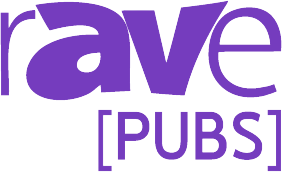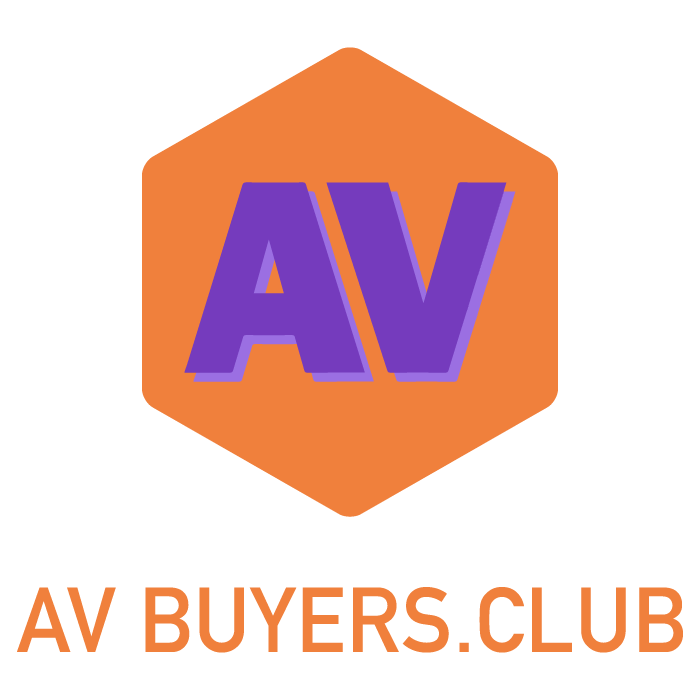The Power of ‘No, But…’: Turning Closed Doors Into Open Conversations

There’s an old expression I’m sure you’ve all heard that goes, “It’s not what you say but how you say it.”
No one likes receiving bad news, and sometimes there’s no alternative: You just have to give it to them straight. That said, there’s always room for nuance.
I’m going to bring up a very old rule: Don’t be the one saying no on your client’s behalf. If they want to say no, they can do it themselves. Think back to the earliest sales training sessions you sat through, maybe even your first one. Remember being taught not to ask closed-ended questions? To refresh, don’t ask clients questions they can just answer with “yes” or “no.”
The risk of asking closed-ended questions is that the respondent can just say, “No” and cut off the dialogue. You always want to keep them talking to learn more about who they are and what they need.
Everyone knows that by now, or at least I hope they do.
It’s one thing to apply the open-ended-questions rule to the questions you’re asking, but why stop there? Apply it to when clients are delivering their own responses as well. Instead of boxing them into a simple yes-or-no decision, guide the conversation in a way that encourages them to elaborate. The goal isn’t just to avoid hearing “no” — it’s to create a dialogue that fosters collaboration and deeper understanding.
So, when you’re asked a question, and the answer is “no,” don’t just leave it at that. Instead, say, “No, but here are your alternatives.” Keep the conversation going. Rather than shutting someone down when you don’t have exactly what they want, propose solutions that might meet their needs in a different way.
For example, imagine a prospective client calls and asks if you sell and install Brand X. You don’t deal with Brand X, so you have two options:
- Simply say, “No,” and end the conversation.
- Engage them. Ask what they like about Brand X and what they hope to achieve with their installation.
By taking the second approach, you open up the conversation, giving yourself the opportunity to build rapport, understand their needs, and introduce them to the solutions you can offer.
This doesn’t just apply when a client asks about a brand you don’t carry — it works in any scenario where a simple “yes” or “no” could cut off the discussion. Years ago, I worked for a Bose dealer. One day, I got a call: “Do you sell and install Bose?”
Technically, the answer was a simple “yes.” But instead of stopping there, I asked a few more questions. As the client told me about the new home they were building, I realized they were in the market for much more than a basic home entertainment system. By the time they came in to meet with me, that conversation had turned into a mid-six-figure Crestron home automation project.
And all of that happened because I didn’t just answer with “yes” or “no.”





